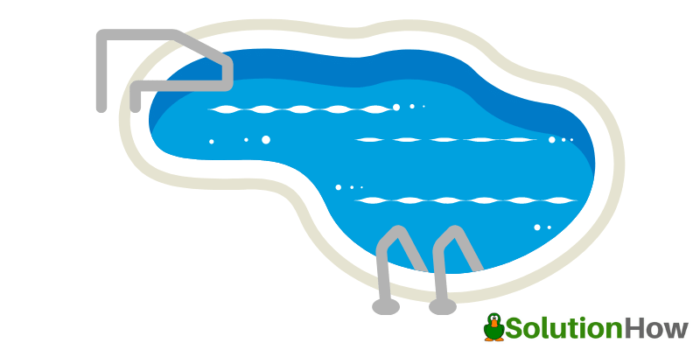
Pool water
We have always heard that swimming is the most complete sport, and it is because it is an aerobic exercise in which two-thirds of the body’s muscles are involved, enhancing strength, endurance and flexibility. In addition, it can be practised at any age, the risk of injury is lower and its regular practice has benefits for the body in the medium and long term. So we can say that there are many benefits and features of pool water for human health. The best thing is that it adapts to different fitness levels, ideal for those who are just starting out and a very complete exercise for regular athletes, either in the pool or in open water.
Let’s see some of these benefits:
Swimming is generally better for the body than land exercises, as the natural ability to float on water helps avoid the inevitable bumps that can cause injury.
In water, a person’s weight is approximately 10% of their normal weight, and the range of mobility is much greater, especially for people who need to get in shape the most and have limited mobility as the water supports the stress. weight of the members.
Therefore, it is a good choice for those who want to exercise and may have problems with practicing exercises on land. For example, swimming may be ideal for pregnant women, for those with arthritis, or for those with back and weight problems.
On the other hand, people with lung conditions such as asthma, being the environment of a swimming pool normally very humid, breathe more easily.
We must add to all this, the benefits for mental health that it produces. Swimming relaxes daily tensions, decreases the increase in muscle tone produced by stress, generates positive moods, and helps to momentarily “blank” the mind and isolate ourselves from problems.
Body benefits of swimming
- Swimming is one of the few physical exercises that benefit the body globally as it enhances strength, endurance, and flexibility at the same time.
- It has all of the cardiovascular benefits of running, as well as some of the muscular benefits of weight training and some of the endurance-enhancing effects associated with dance or aerobics classes.
- Swimming uses most of the muscle groups and is a demanding physical exercise that helps keep your heart and lungs healthy.
- Swimming also helps keep the joints flexible, especially the neck, shoulders, and pelvis. The muscle groups that are particularly used when swimming vary depending on the movement that is chosen.
- Practicing the varieties of backstroke, crawl, and breaststroke will engage a greater number of muscles: abs, biceps and triceps, glutes, and quadriceps.
- By swimming, you increase the level of physical activity and thus increase the amount of energy you burn, which makes this sport an ideal component for any weight control program.
- With regard to older people, apart from maintaining physical strength, swimming has the benefits of improving motor coordination and reducing the risk of falls and broken hips.
Dedicated to the care of your physical and emotional well-being.
But those who want to maximize the health benefits of the pool should choose a more vigorous exercise program.
If you are starting a swim program because you are not very fit, start by swimming a certain length and then taking a 30- to 60-second break. Don’t tire yourself out trying to break speed or endurance records as soon as you put your foot in the water. Take it easy.
After a few weeks, you can increase the time you spend swimming. When you have developed a certain level of fitness, you can adopt a warm-up program of 5 to 10 minutes, followed by 20 to 40 minutes of swimming in order to burn calories, and end with a five-minute cooldown period with one more swim and relaxed.
Swimming 3 to 5 times a week will provide you with a great aerobic capacity that will strengthen the health of your heart and lungs. However, this exercise will have no effect on the strength of your bones. Therefore, it is a good idea to walk, run, or do some other exercise on land due to the pressure that the bones have to endure, helping them to maintain or increase their bone mass.





You must be logged in to post a comment.